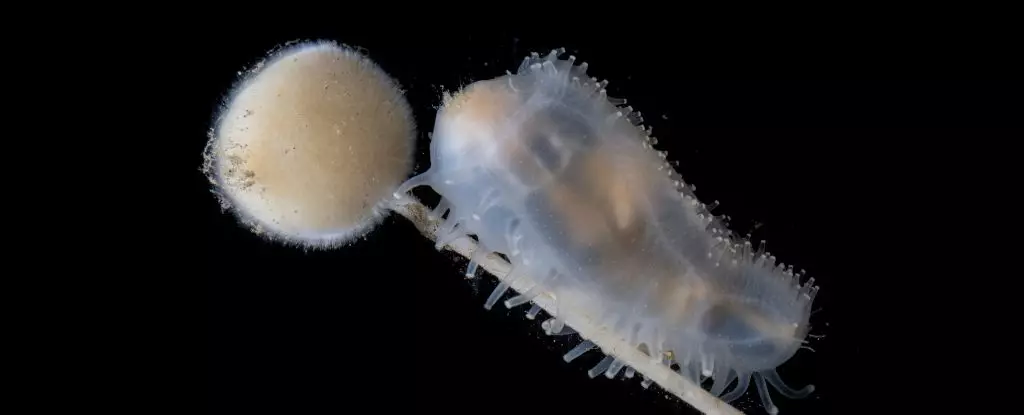The southern reaches of our planet possess an allure that blends mystery with a vibrant ecological narrative waiting to be unveiled. Recent expeditions, like the one conducted by the Schmidt Ocean Institute aboard the Falkor (too), illuminate the profound significance of these hidden realms. A 35-day expedition, fueled by the Ocean Census initiative, embarked on an ambitious journey to the enigmatic South Sandwich Islands. This isolated archipelago, positioned near Antarctica and characterized by its deep oceanic trenches, has emerged as the stage for astonishing discoveries that challenge our understanding of deep-sea ecosystems.
Through relentless storms, powerful waves, and unforeseen dangers like subsea earthquakes, the crew persisted. This expedition exemplifies what scientific tenacity looks like, and it reaffirms the power of international collaboration in the face of environmental adversity. The researchers’ findings not only enrich our knowledge of marine biodiversity but also serve as a stark reminder of what is at stake in an age marked by climate change and destructive mining techniques.
Vivid Life at Hydrothermal Vents
Among the most extraordinary revelations were the hydrothermal vents located near Humpback Seamount. Researchers found a flourishing garden of vermillion coral and towering vent chimneys that rose like columns from the sea floor, standing in dramatic contrast to the surrounding desolation. These vivid ecosystems, previously unknown in this region, bring to light the harsh yet beautiful realities of life beneath the waves. Barnacles and sea snails clung to the surface of the chimney structures, while shrimp darted around akin to fireworks lighting up the deep.
The sight of these organisms thriving in an environment characterized by extreme conditions underscores the resilience of life. Yet, it poses crucial questions about our stewardship of the oceans. How can we reconcile our thirst for resources with the necessity of conserving these fragile ecosystems?
Exquisite Creatures of the Deep
The expedition did not merely bring back stunning visuals; it unveiled a plethora of unique species which had previously evaded observation. Consider the blackwater photograph of an unnamed nudibranch captured at depths of 268 meters. The splendor of these creatures invites us to appreciate their hidden beauty, yet it also unveils an uncomfortable reality: much of our understanding of marine life is still in its infancy. The deep-sea fish and their parasitic companions, juxtaposed against the delightful visuals of the nudibranchs, remind us that the ocean is a complex tapestry woven from both the miraculous and the grotesque.
The image of the Akarotaxis aff. gouldae, a dragonfish that has eluded capture for two years, is particularly telling of both the challenges and achievements inherent in marine research. As we inventory life at such profound depths, with specimens ranging from grenadier fish entangled in parasitic copepods to snailfish eggs resting on black coral, we come to recognize the intricate interactions that define these ecosystems.
The Call to Action
Marine biologist Michelle Taylor encapsulated the essence of the expedition perfectly: “This expedition has given us a glimpse into one of the most remote and biologically rich parts of our ocean.” However, this revelation comes at a time when we must act swiftly; understanding is not enough if it is not accompanied by commitment to preservation. The account of this expedition is not merely scientific; it serves as a clarion call against the encroaching threats facing our oceans today.
With climate change ravaging ecosystems and deep-sea mining threatening the very foundations of marine life, our priority must shift from extraction to protection. The urgency of documenting life in these uncharted territories is woven into the larger tapestry of ecological preservation, underscoring our responsibility to safeguard these vulnerable ecosystems. Every discovery made during such expeditions reinforces the idea that our oceans not only hold the secrets of the past but also illuminate the path to a sustainable future. In this moment of enlightenment, we find both hope and an urgent plea: let us awaken to the wonders of our oceans and commit ourselves to their enduring protection.


Leave a Reply